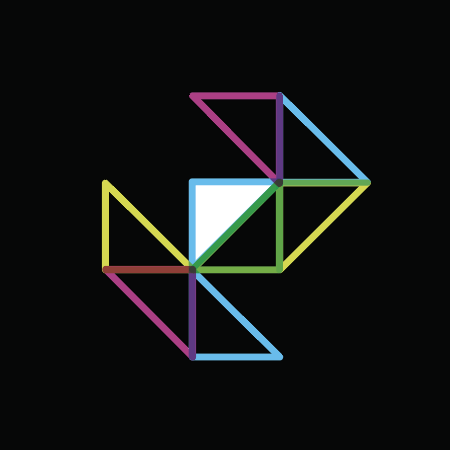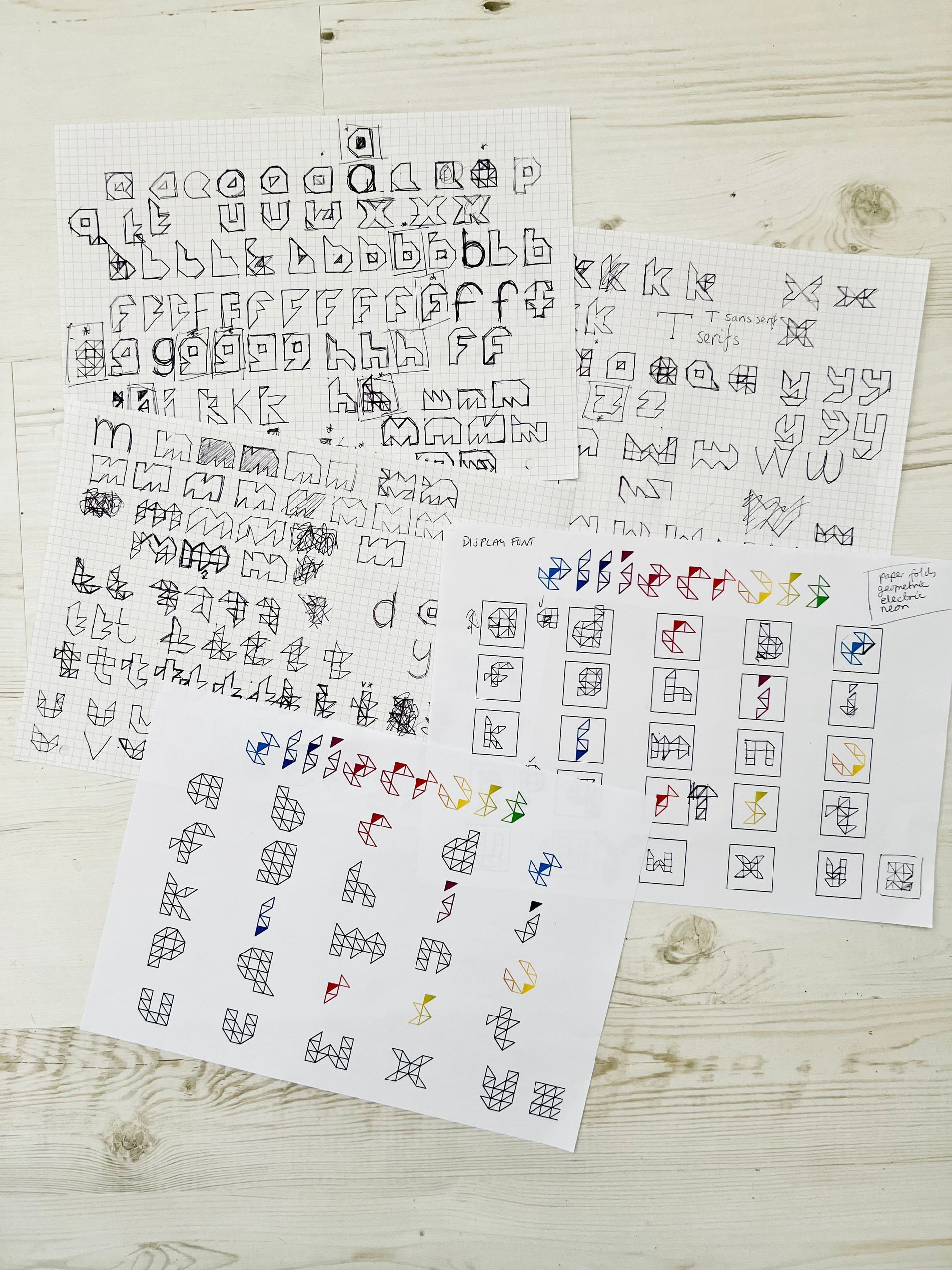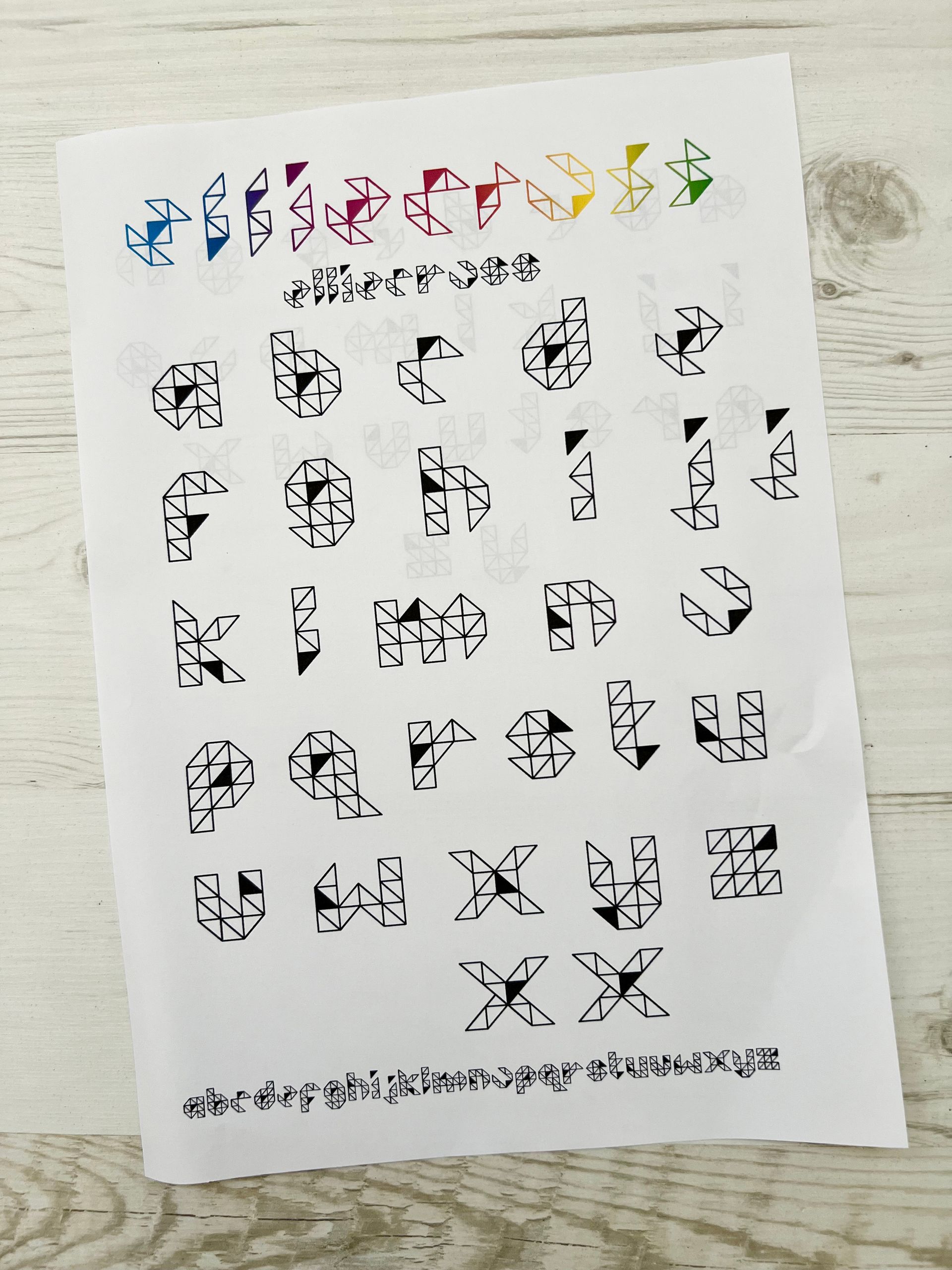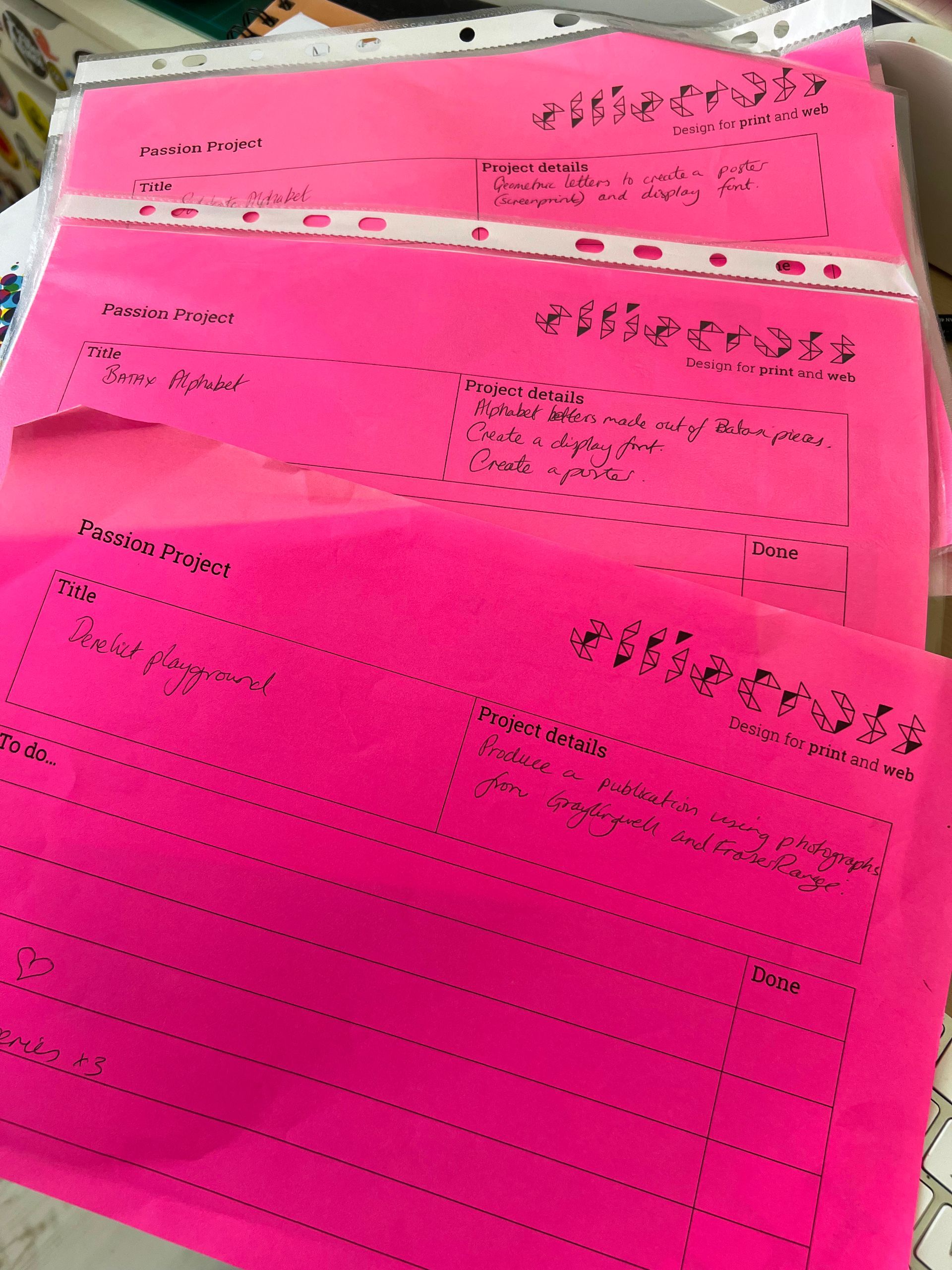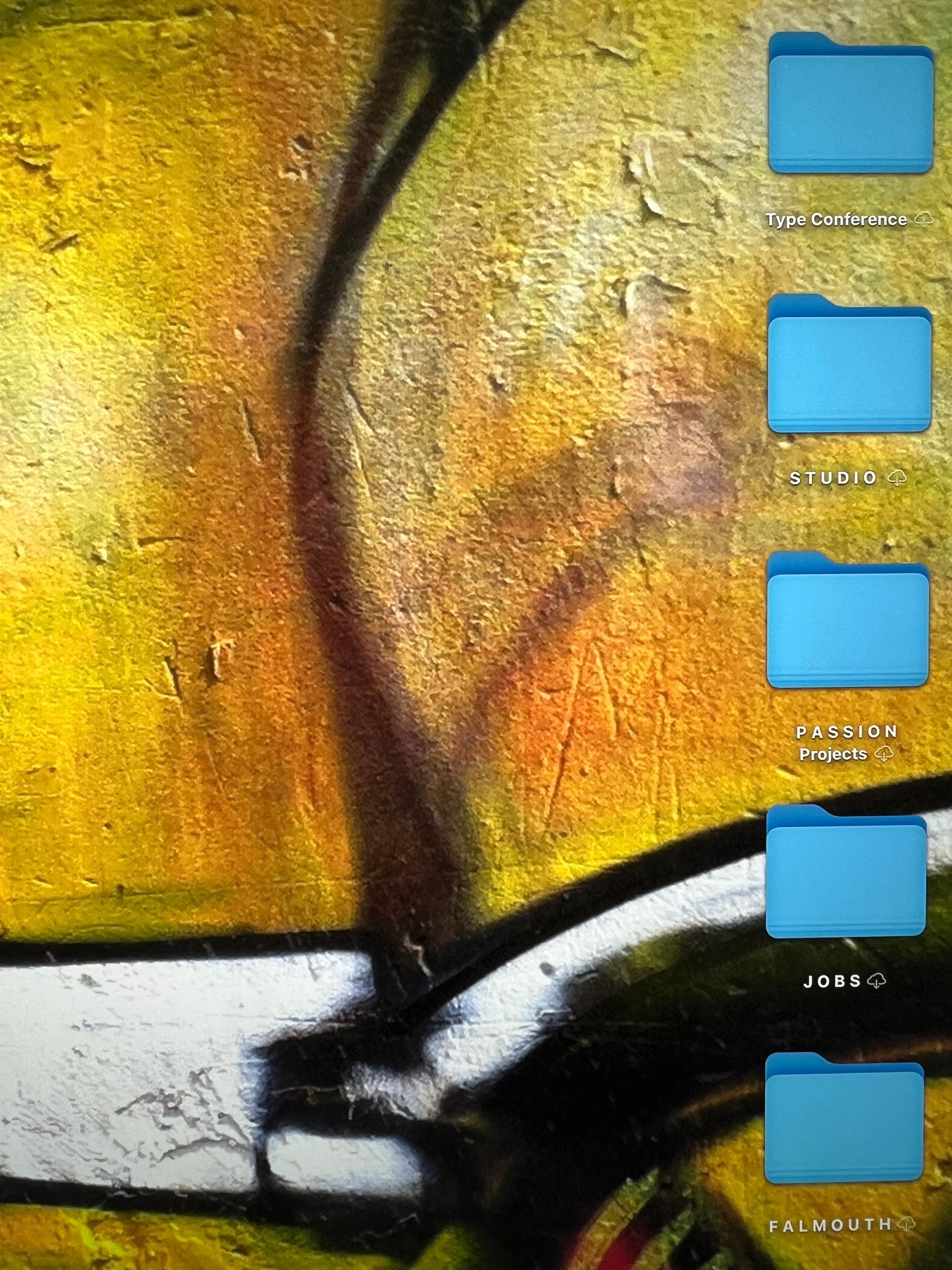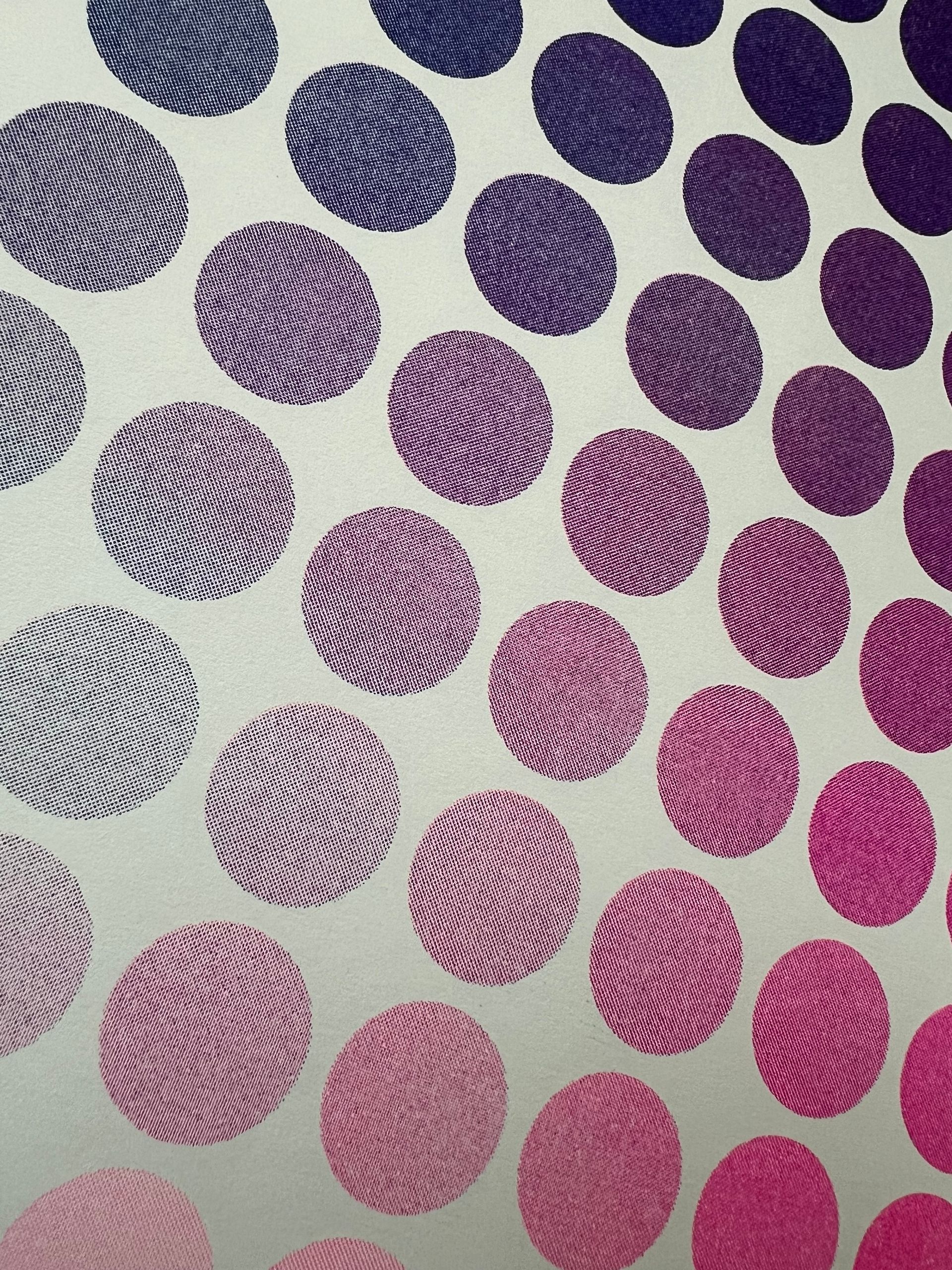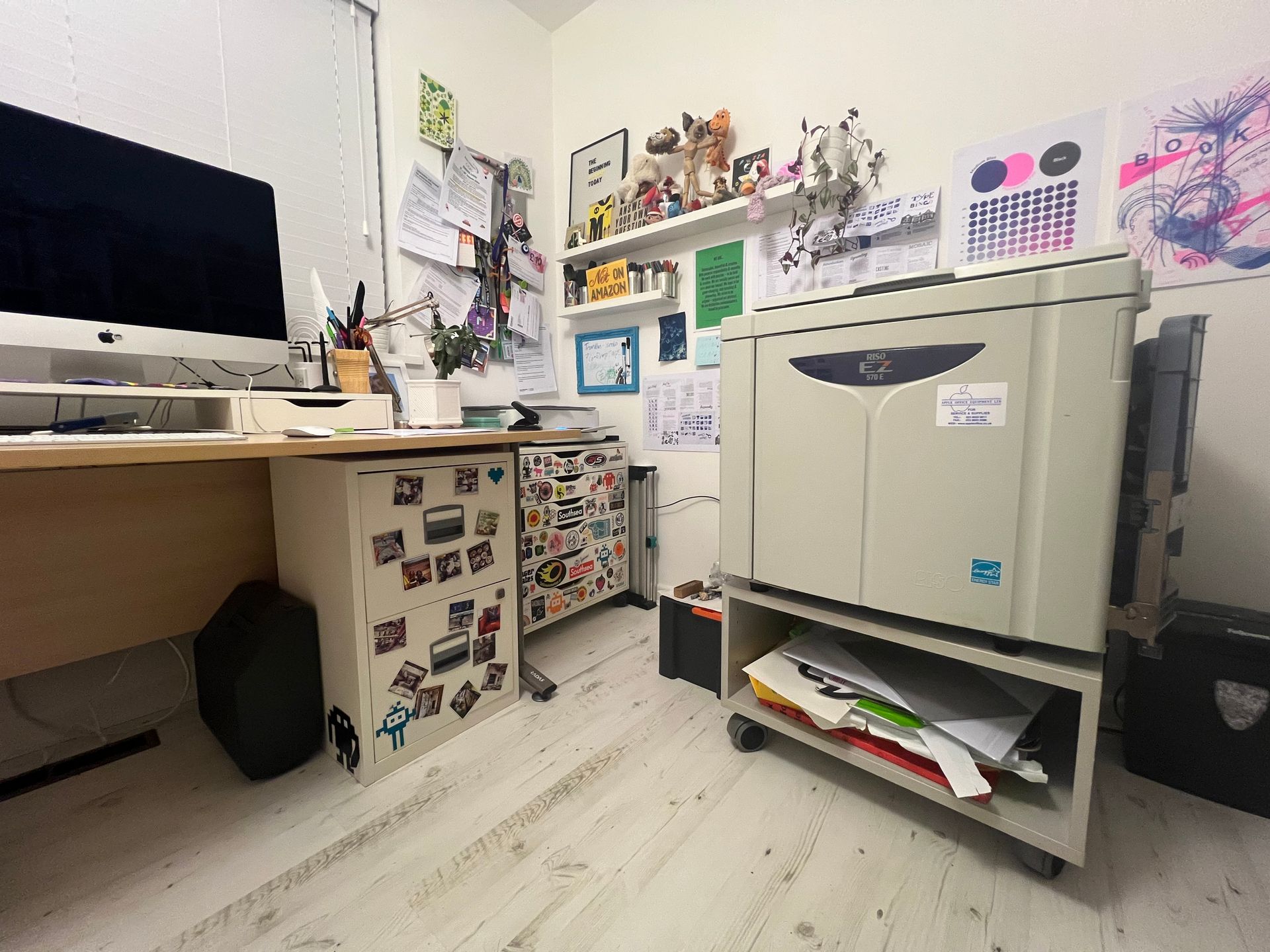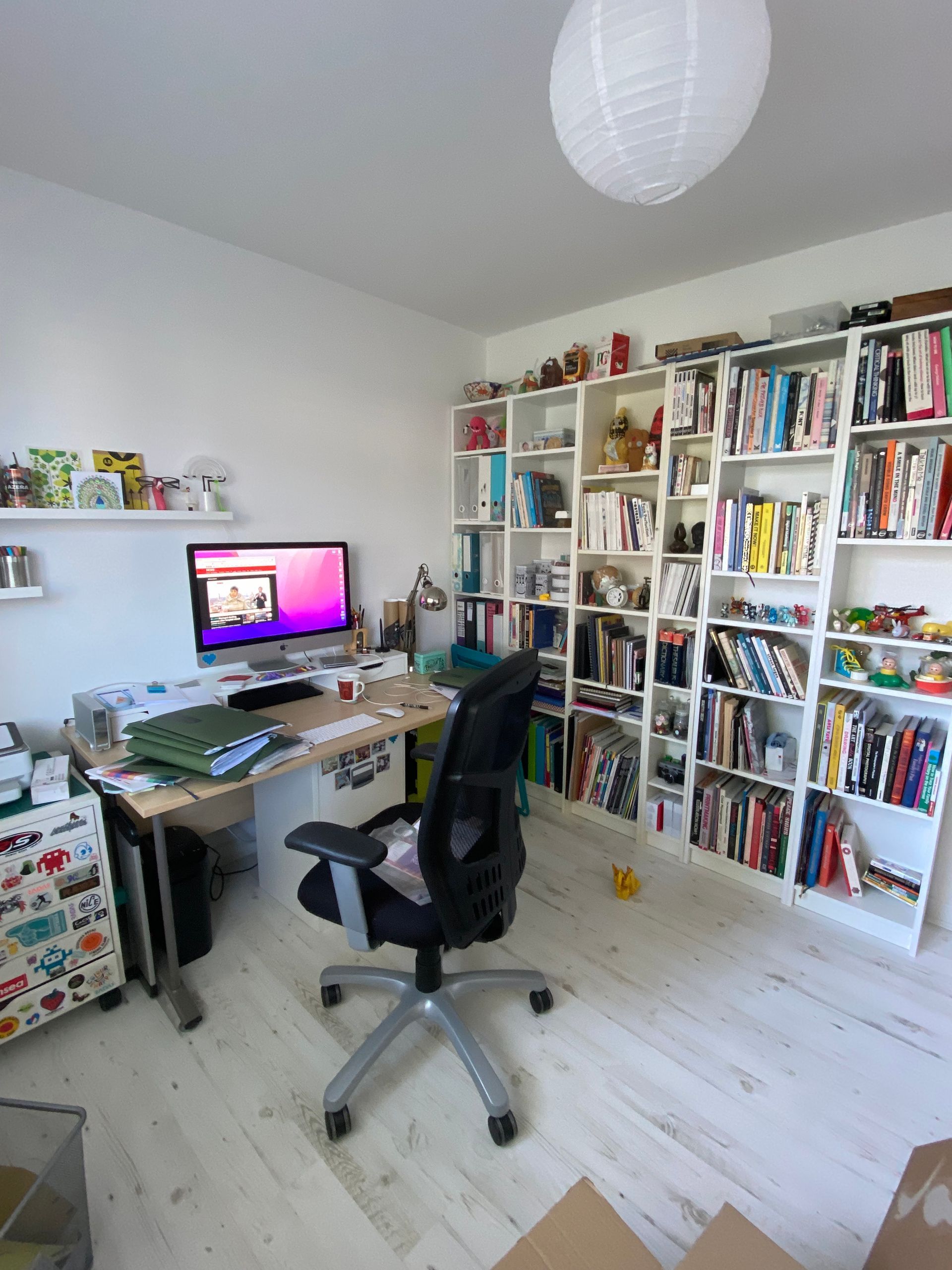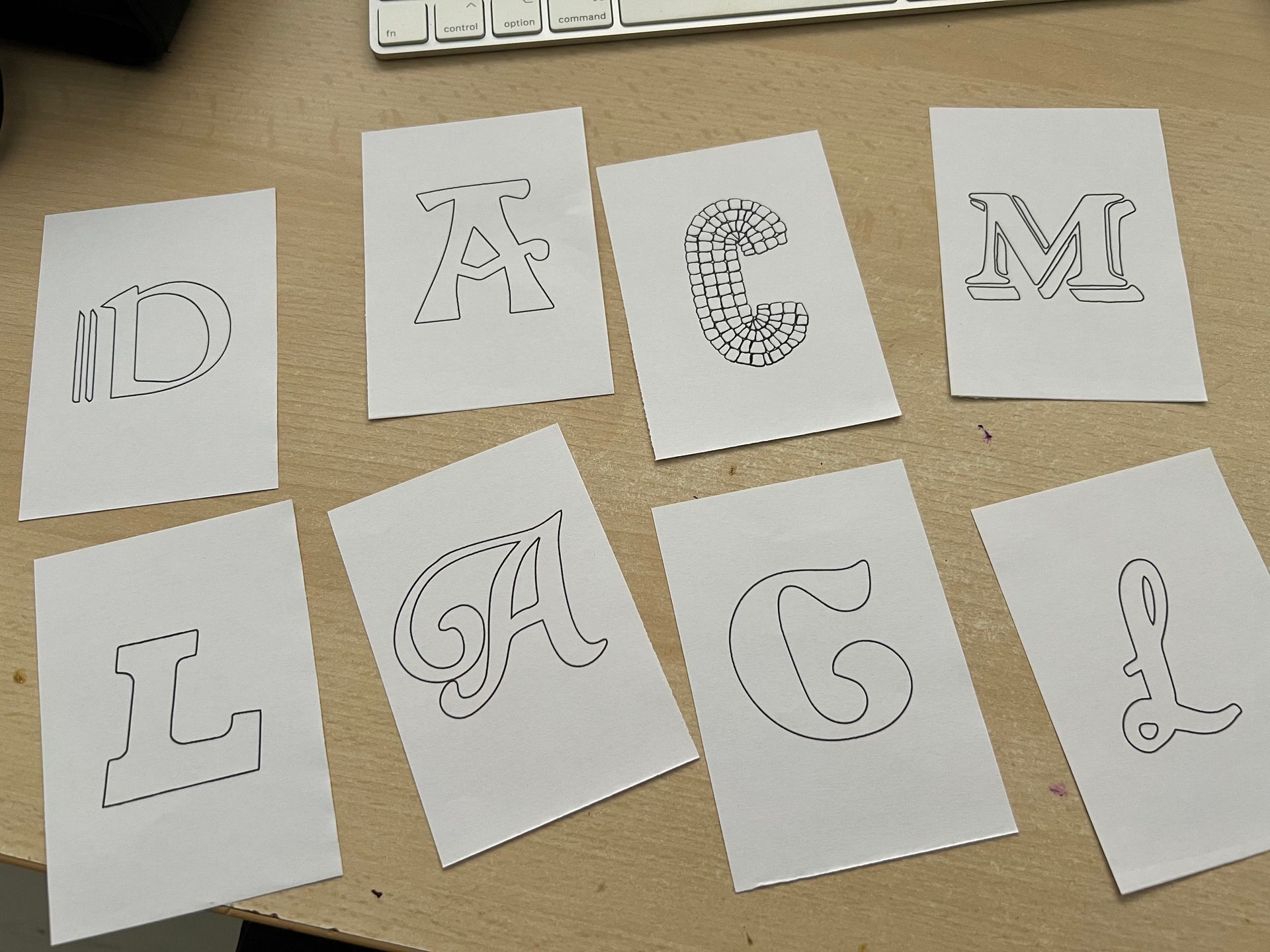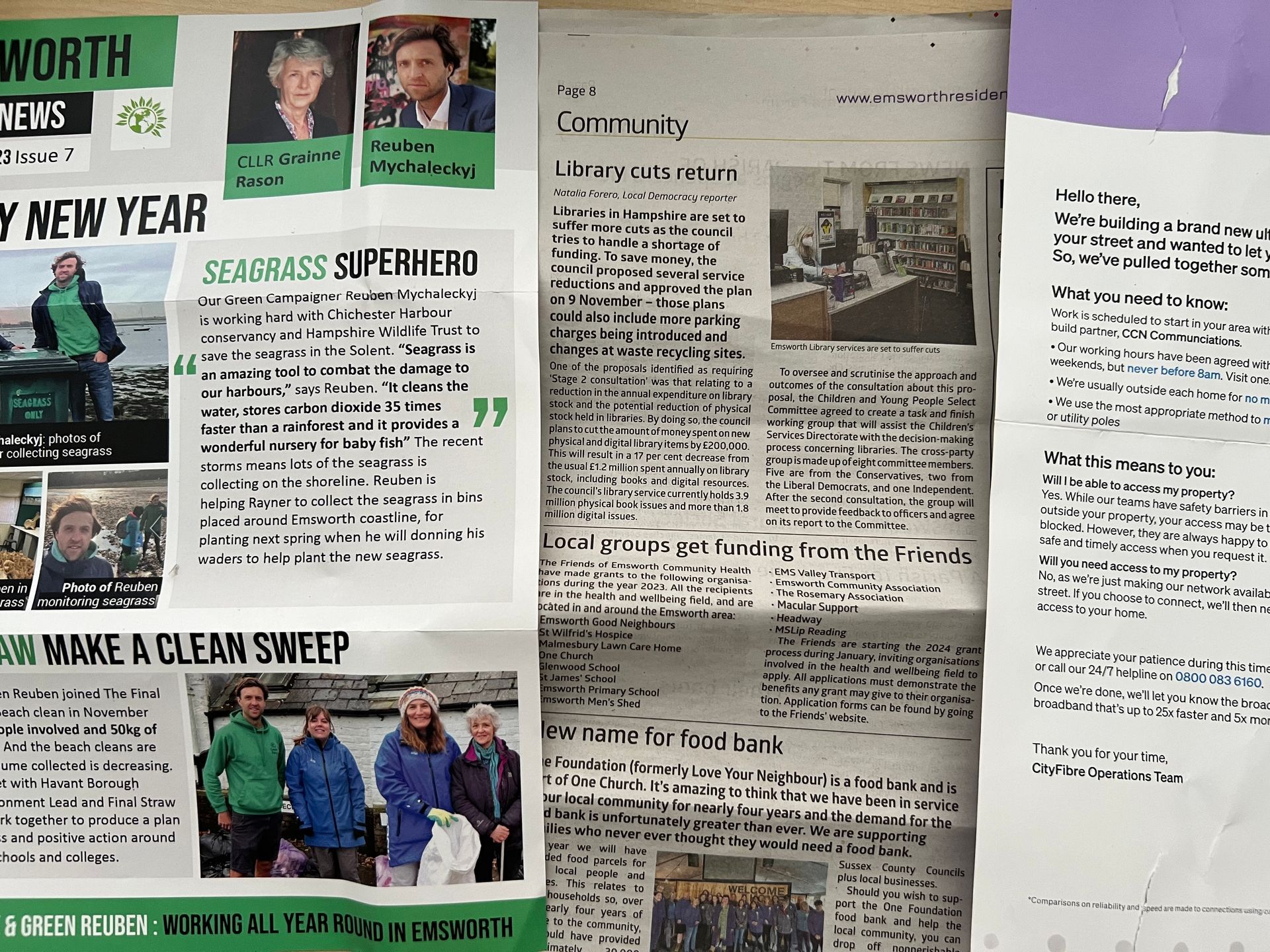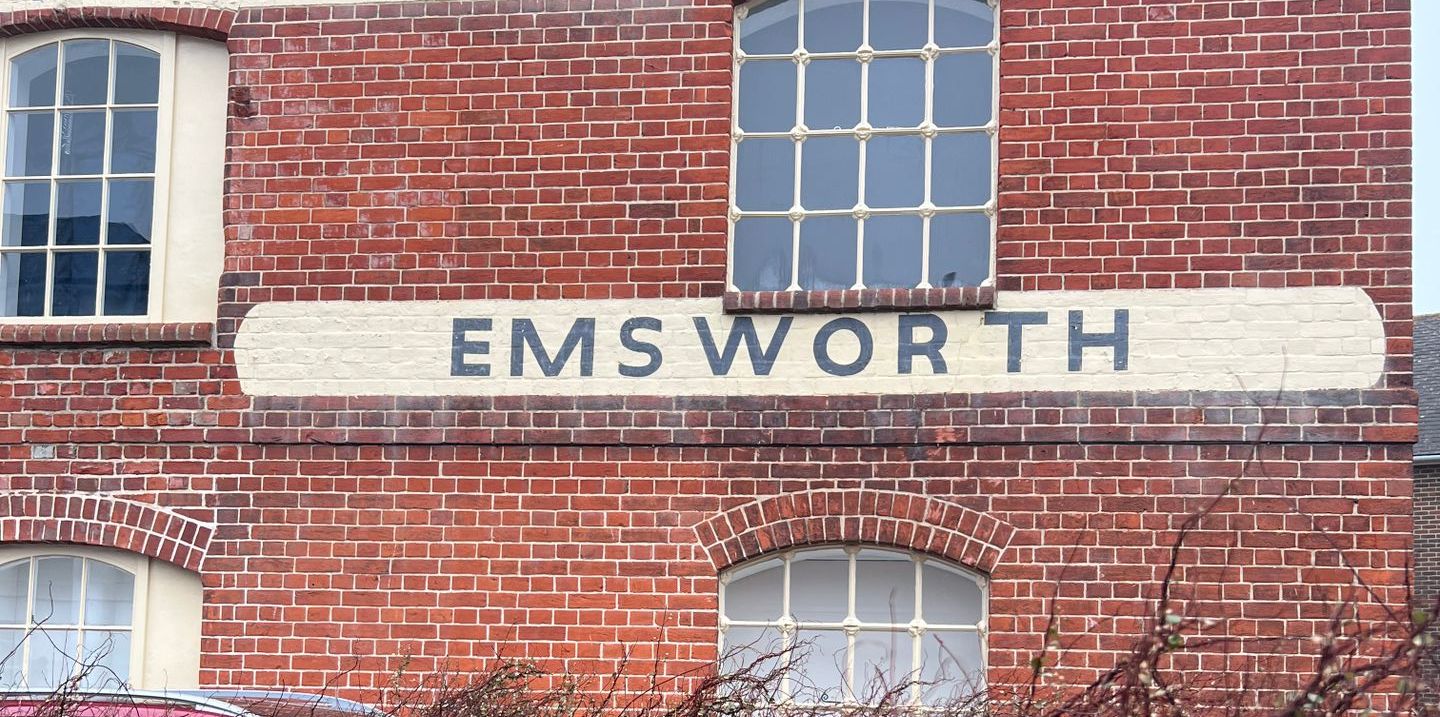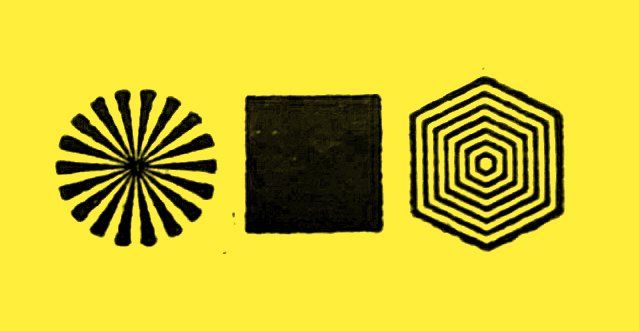Aims, objectives, brief development and audience
This week we were asked to return to previous module, GDE710, to select a project we could develop further to become the subject for a 4 week self-initiated project.
What is a self-initiated project and why do them?
Self-initiated projects are a creative outlet where a artist/designer/maker can express themselves without the rigid constraints of commercial work. They are where creatives can experiment, take more risks and explore new techniques, while also show off their capabilities. Self-initiated projects can help grow portfolios while also build audiences and often lead to more of the type of work you would like to be doing.
How do you identify the subject of a self initiated project?
For me a self-initiated project (or passion project, as I like to call them) might be an extension from a commercial project or a commercial project that didn't come to fruition. They might also be born of an interest I have that I want to explore in more detail or something new I want to learn.
Example: Geoelectric, (above) started life as my own brand identity. I have since developed the whole alphabet and produced a prototype font using Glyphs. It is now in the refining stage where some letters require more exploration to nurture them into keeping with the rest of the characters.
How do you structure and plan the production of a self-initiated project?
My analogue paper system (seen above) includes a job sheet where the project is given a 'title' and initial brief given in the 'project details' box. Below this is a 'To Do...' where I break down a project into smaller manageable chunks or stages in order to keep momentum and make regular progress. All initial ideas, drawings etc are kept together in a plastic wallet with this 'job sheet'. Having the project broken down into a 'to do' list helps define what processes are required to get to an end result. This often gets added to and adapted depending on barriers or hurdles that might crop up especially through the refining process.
I now have a digital folder on my desktop for any digital work to accompany the above or for purely digital projects. Having the file on my desktop keeps it in my minds eye and I try and pick up a project between commercial work, which isn't very often at present.
Whenever, I have an idea for a new project I jot it down or create a new folder, which serves a bit like a list. Some come to life and evolve, others may get deleted/recycled.
Self-initiated Project
One area we looked at in GDE710 was 'the self and identity', where I created a short animation to tell the story of where I was at that time on the course. After looking at dadaism and surrealism I used objects to communicate this, see below. Carrying on from here I have decided to look at identity and the objects we collect during our lifetime. In the film Intel Visual Life, Michael Wolff talks about identity and how we curate ourselves through our appearance from our clothes to how we accessorise them. We project a self we want people to see, but we do the same with our homes with the objects and things we collect, extensions of self. These objects give insights into our lives, what has come before, during and even where we'd like to be. Where we've been, what our interests are, what we have achieved etc. There are gifts, momentos, collections and objects from hobbies and interests etc. These objects are a collection of life, projections of ourselves in physical form. I remember a television series my parents used to watch in the 1980s called 'Through the keyhole', where contestants would try and guess 'who lives in a place like this?' after watching a walk through a celebrity's house, examining objects along the way.
Last year, I read a novel called, 'the museum of ordinary people' in which a collection of objects that once belonged to people and had either been lost, owners died or objects people wanted to keep but no longer had space for. Each object had a story and the museums curator still felt they had a meaningful purpose. I loved this idea of our stuff having a ongoing place in the world with individual stories attached. Someone loved something so much they couldn't bare it being lost to the world.
I have lived with and cared for my elderly mother, whom now suffers from vascular dementia. We lived together in the family home I grew up in, which is a treasure trove of objects and memorabilia collected by my mother or you could say, collaboratively by the family. It is a bit like travelling back in time, you could even call it a living museum. My mum has recently gone into a care home and I am beginning to sort through her belongings, what to keep, give away or sell.
In death, family and friends often keep momentos from our estate, but it can be impossible to keep everything. Our things often end up in a myriad of charity shops or thrown away. So, ultimately what could we do with our stuff?
We have a funeral to say goodbye, a eulogy in tribute to a life, a wake in celebration of life where friends and relatives can reminisce, but what if we celebrated their collection of life with an exhibition? I suppose some already do when a wake is held at the persons home, somewhere that people can feel close to their loved one. Pharaohs took objects with them for the afterlife.
Often with my own things and as my interests and tastes change, there are still things I am attached to and find it hard to part with. These have ended up in a box in the attic in a static state stuck in time with no real need or use. One solution to this conundrum was to create a 2D archive made up of photographs, drawings, collages, vector illustrations etc creating a new collection where the handmade element adds character while it would be easy to store, either printed or digitally. The handmade element also gives an experimental creative challenge, as I could explore a variety of techniques.
A dear creative friend passed away last year and her partner did curate an exhibition in their home. There were photographs, paintings, sculptures, drawings, all celebrating her life's work. It was beautiful and it all prompted discussion and reminiscences making light of a very sad time.
Another solution was to create something similar to a museum or exhibition catalogue. This would be a celebration of a life through objects/artefacts.
References
Gayle, M. (2022) The Museum of Ordinary People. Hodder & Stoughton
Intel Visual Life - Michael Wolff. Available at https://www.youtube.com/watch?v=GfMw8aMzIKQ. Accessed 29/09/2023
Christian Jarrett (2013) The psychology of stuff and things. Available at https://www.bps.org.uk/psychologist/psychology-stuff-and-things. Accessed 30/9/2023

